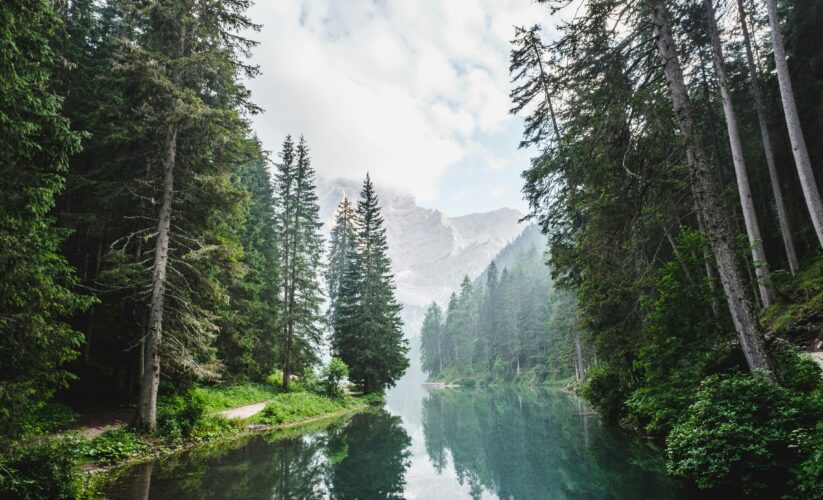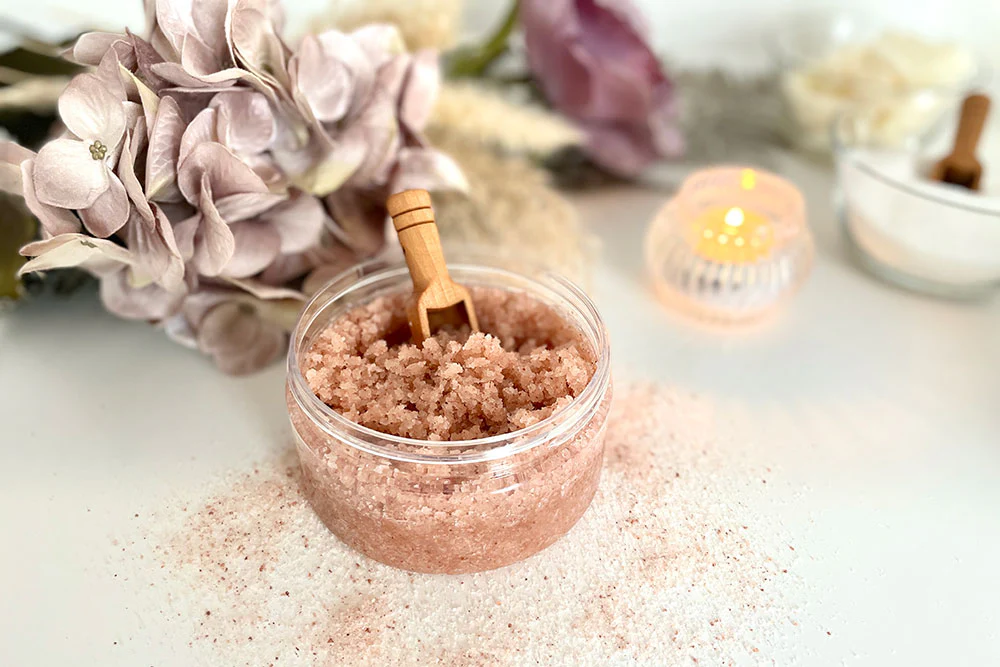
As a girl, I spent my most cherished days camping, hiking, and skiing with my family in the mountainous southern Idaho wilderness. But when I was 8, an overnight trip to our favorite mountain range, the towering Sawtooths, turned tragic. My stepfather molested me in the family camper, unbeknownst to the rest of my family. I unspool this harrowing episode in my new memoir, but for the purpose of this story, I want to share something almost as life-altering and profound: The years of abuse that began in the mountains severed my deep connection to one place I'd always felt at ease — the outdoors.
By the time I clicked into my skis and schussed into the snowy woods surrounding the campus where I'd enrolled seeking stability and healing, I'd virtually avoided nature for half a decade. As I glided along in the cold stillness toward a slant of sunlight slicing through the dark emerald canopy, I found comfort in the familiar sights, sounds, and rhythms of the wild. I welcomed the wringing effort of my limbs grinding through fresh snow. The warm, deep breaths set my pace, steadying my mind. In this open space, I knew no one could trap or harm me. I felt safe, calm, light. From that moment on, I knew nature would be the strongest force of healing in my life.
What I discovered on that revelatory day in the woods — that nature can be therapeutic — has in recent years become the subject of a growing body of scientific research. Across the globe, the field of ecotherapy (the use of nature in physical and psychological healing) is gaining legitimacy as a remedy for a range of mental maladies, including posttraumatic stress disorder, attention deficit hyperactivity disorder, and depression. Mounting evidence suggests that, in some cases, exposure to the outdoors may enhance the efficacy of antidepressants or talk therapy. In a 2007 British study, 71 percent of participants reported decreased levels of depression after a “green walk” through a park. “If we want to improve our health and well-being as a species,” says Richard Louv, author of the best seller ”
Last Child in the Woods
,” “there's no substitute for being in nature.”
What exactly is it about the outdoors that balms the psyche? According to Louv, whose new book, ”
The Nature Principle
,” is due out in May, immersion in nature calls on all of our senses, which in turn stimulates creativity and intelligence, enlivening and exciting us. “Play experts talk about loose-parts theory — the more loose parts children have, the more creative their play will be,” Louv says. “In nature, there are [myriad] loose parts that all have mysterious relationships to each other, from how the wind moves through the trees to how bark flakes off a branch. In the woods, you're connecting the dots. And you not only sense the patterns; you also see that you're a part of them.” This realization, Louv says, makes us feel connected to something both expansive and inclusive: “You feel more alive.”
Building on Louv's theory, Arizona State University psychology professor Michelle Shiota, Ph.D., posits that the sense of connectedness we find in nature is amplified by its power to inspire awe, which she defines as “the feeling of wonder we experience when faced with something that challenges or expands our understanding of the world.” That wonderment — what you feel when you're, say, standing at the North Rim of the Grand Canyon — may make your everyday anxieties seem more manageable.
Beyond that, Shiota says, natural spaces may be inherently stress-relieving because they provide a lot of rhythmic stimuli, such as water falling or leaves rustling. These sounds tend to provoke deep relaxation, “giving us a chance to calm the speed of the mind,” she says. “That frees up a lot of mental space to deal with our problems.”
Most experts agree that immersing ourselves in any natural environment can be restorative, even if it's just a patch of green in the city. (See below for doable ways to get outdoors.) But the latest research shows that the most effective way to boost mood is to move.
For the past seven years, a team of researchers at England's University of Essex has studied the benefits of green exercise. Their analysis of data on 1,252 volunteers shows that as little as five minutes of activity in a natural setting — tasks as simple as walking in a park or tending a garden — helps people feel more optimistic, proud, and motivated. People with mental illnesses report the greatest boosts in self-esteem.
In light of such promising findings, Louv says, the medical community is slowly accepting that outdoor experiences are key to well-being. And now that more than half the global population lives in urban centers, where stress and anxiety run high, understanding our connection to nature — and its impact on mental health — is more crucial than ever. “Time spent in nature is one of the only real, consistent, inexpensive antidotes to the burnout we're feeling,” Louv says, “both individually and as a society.”
I don't need scientists to confirm what I've long known. After my breakthrough skiing trip in Michigan, I made wild places central to my life again: I led at-risk youth on 130-mile treks through the southern Utah desert. I joined a search-and-rescue team in New Mexico's Sangre de Cristo mountains. I then found myself in Alaska, a place vast enough and wild enough to contain my anguish and grant me the ability to feel connected to something larger than myself and my pain. It was there that I worked as a dog musher in Fairbanks, training puppies in negative-40 degrees. And I spent summers as a backcountry ranger in the 6 million-acre Denali National Park.
To this day, a backpacking trip or strenuous hike rarely fails to lift the veil of even my darkest moods. More than any prescription or counseling, these adventures have been my therapy, helping me understand that I am, and always will be, much more than the product of my traumatic past.
Tracy Ross is an ASME award-winning writer and contributing editor to Backpacker. Her new memoir is ”
The Source of All Things
.”
Heal Thyself
Add a healthy dose of green to your day
Walk to Your Destination
You'll not only reduce your carbon footprint, notes Amanda Leigh Morrison, an ecotherapist at the Holos Institute in San Francisco; you'll also ease stress and build fitness. For a 140-pound woman, walking three miles in an hour can burn 210 calories.
Visit a Park
Early urban planners realized the importance of city green spaces in providing rest, renewal, and a sense of community. Spend time people- or animal-watching, reading, picnicking with friends, or tossing a Frisbee, Morrison suggests.
Plant Something
Getting your hands dirty by cultivating a garden can enhance mood and reduce stress, according to Morrison. If you're a city dweller with limited yard options, seek out a community garden. Find one at the American Community Garden Association (
acga.localharvest.org
).
Move Mindfully
Doing Yoga, tai chi, or dance outdoors can help you slow down and tune in to nature's rhythms. Try one in your backyard, on a beach, or at a park, Morrison says. Find other ecotherapy tips at
holosinstitute.net
.











